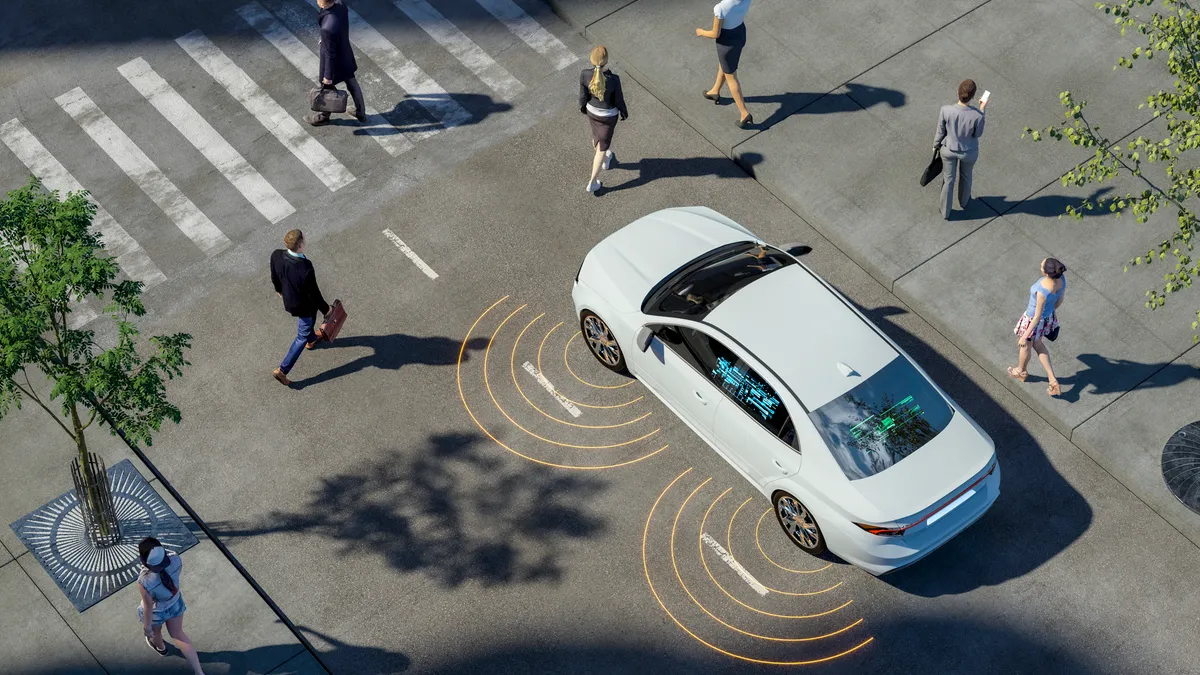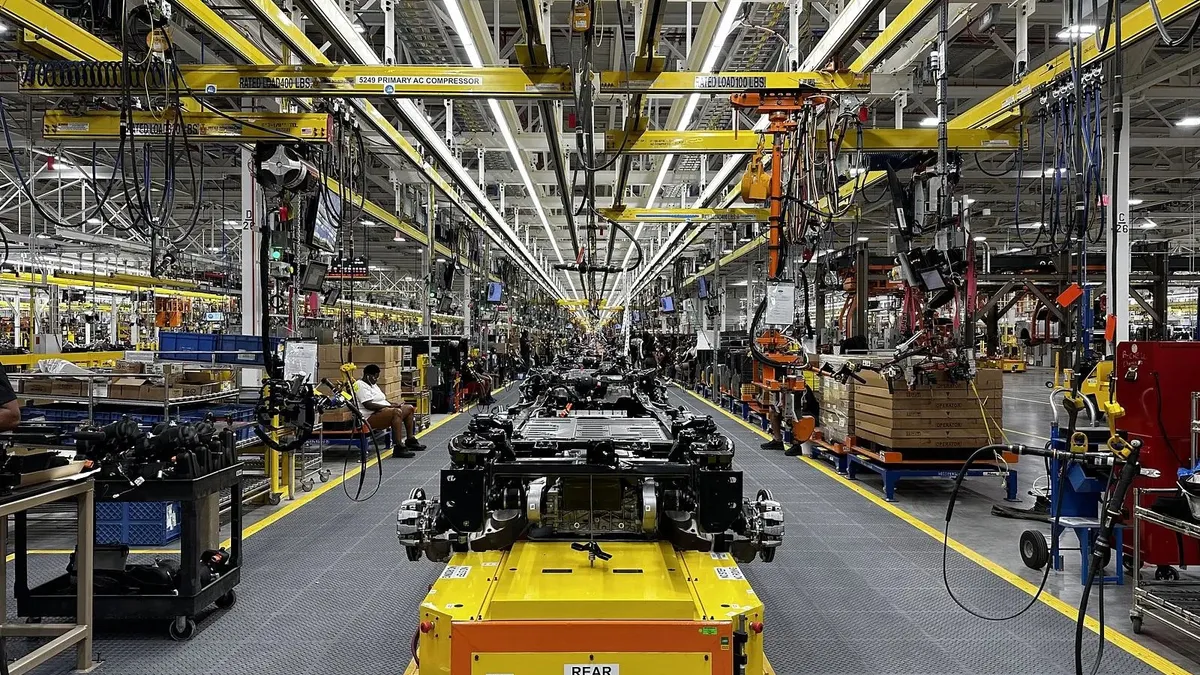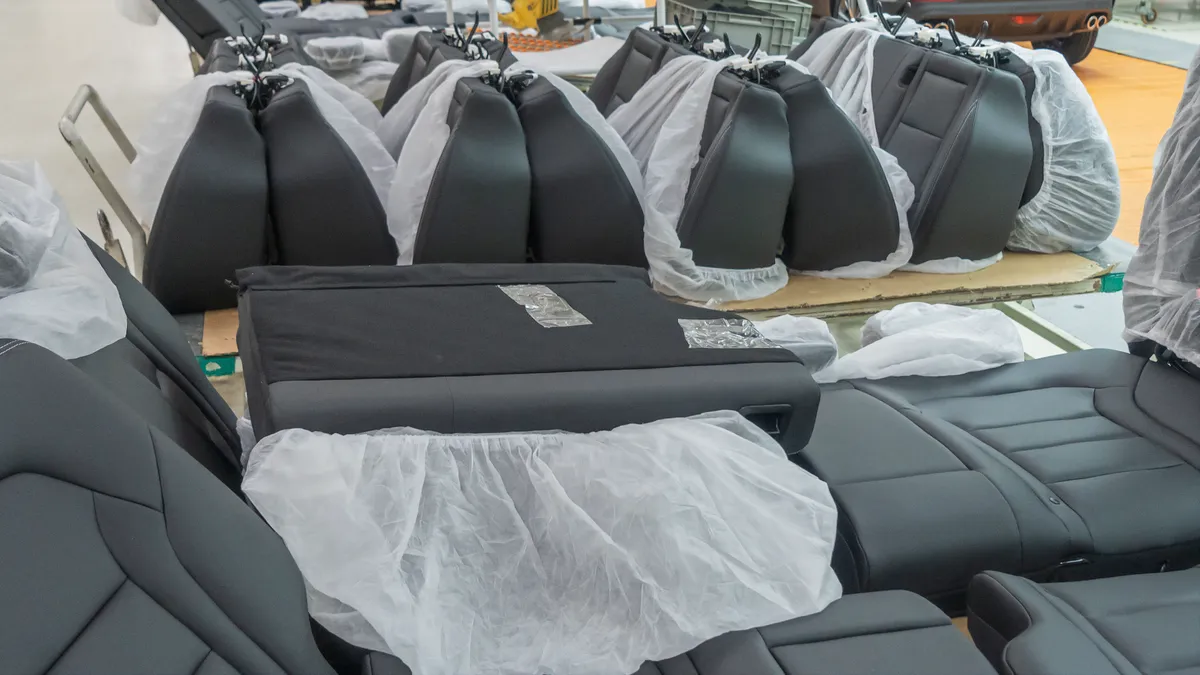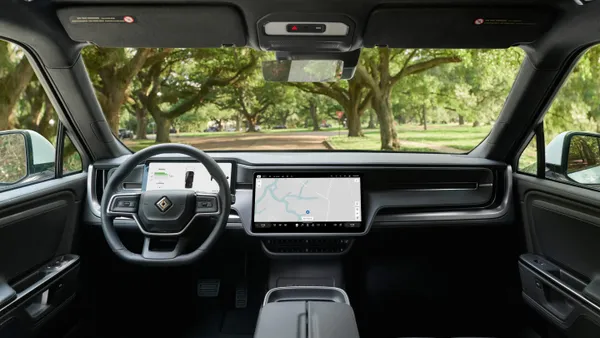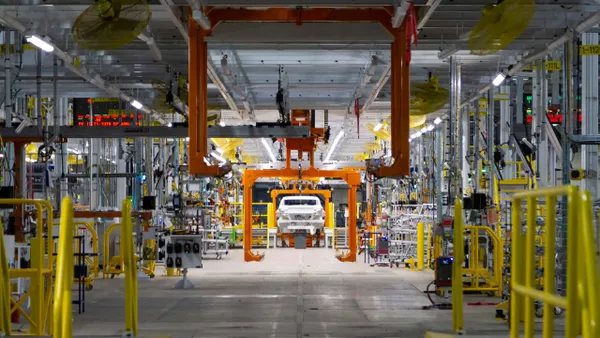More than four out of five adults said they are concerned about sharing the road with driverless cars, despite the technology’s promise of greater safety for vehicle occupants and other road users. That level of concern is consistent across age groups and regions within the U.S.
The survey released Tuesday, commissioned by Advocates for Highway and Auto Safety, was conducted in February by Caravan. The company polled 2,000 respondents selected from a pool of people who volunteered to participate in online surveys and polls.
“Autonomous vehicles (AVs) have been touted by members of the industry as a solution to reduce crashes, fatalities and injuries, and increase mobility,” said Cathy Chase, president of Advocates, in a press release. But, she added, “By many accounts, driverless vehicles are nowhere near ready for prime time. They have experienced numerous failures resulting in stranded vehicles, blocked traffic, crashes, injuries, and at least one fatality.”
Last month, the National Highway Traffic Safety Administration recalled more than 360,000 Tesla vehicles equipped with “Full Self-Driving Beta” software. NHTSA is also investigating 830,000 Tesla cars with the Autopilot driver assistance system. And in December, the safety agency began a preliminary investigation into automated vehicles from Cruise, a subsidiary of General Motors, operating as robotaxis in San Francisco.
According to the survey, 64% of respondents said minimum government safety requirements could ease their concerns. Two-thirds of survey respondents want the government to issue rules to address cybersecurity and potential hacking of self-driving cars, and 72% support requiring “vision tests” for autonomous vehicles to ensure they can identify people and objects on the road. Last year, a test conducted by the Insurance Institute for Highway Safety found that some automatic emergency braking systems poorly identified pedestrians at night.
“We urge the U.S. Department of Transportation, Congress and state elected officials to pay attention to the strong sentiment of the public as they develop policies for driverless vehicles,” Chase said. “The role of government is essential in setting safety standards and protecting everyone on our nation’s roads. Without safeguards and regulations, the results could be disastrous and deadly.”
Although traffic fatalities declined slightly in the first nine months of 2022 compared with the same period in the previous year, according to NHTSA, that decline follows two years of sharp increases: from 36,355 in 2019 to an estimated 42,915 in 2021, according to the Federal Highway Administration.
One measure of whether AVs perform better than human drivers is if they can respond faster. At the CES 2023 annual conference in Las Vegas, exhibitors including Ambarella, Mobileye and Qualcomm displayed and demonstrated advanced semiconductors that use artificial intelligence and neural networks to rapidly process inputs from multiple sensors, identify hazards and respond accordingly.
In an interview conducted at the show in January, Institute of Electrical and Electronics Engineers President-Elect Thomas Coughlin said, “The whole evolution of electronics is going to be driving these capabilities.”
Coughlin and others believe that the key to reliable AV technology is the ability for vehicles to communicate with each other and the surrounding infrastructure. Along 25 miles of Interstate 66 in Virginia, new vehicle-to-infrastructure technology began operating in November, intended to help autonomous vehicles to operate more safely. Coughlin said that communications standards will be important for vehicle-to-everything communication and that it will be “a few years” before these technologies are widespread.



